The new curriculum promises to provide time for more playful and holistic approaches to learning. The outdoor environment, whether just around the school grounds, a local park, or further afield, can provide a fantastic resource to explore this opportunity.
The warmer summer months naturally invite outdoor lessons, but you don’t have to wait for the best weather, adventures can be had year round if the children remember to bring waterproofs and stout footwear. A new curriculum is an opportunity to re-forge the timetable and perhaps take a more thematic approach to the new curriculum areas, in particular, Wellbeing, Social and Environmental Education and the Arts.
Go for a local discovery walk

Whether it’s a nearby park, woodland area, or even the school grounds, encourage children to observe, touch, smell, and listen to the wonders of the natural world. Provide magnifying glasses, binoculars, and identification guides to enhance their curiosity and understanding of local flora and fauna.
Older students can benefit from a trundle wheel or long tape measure and a digital camera to carry out all manner of measurements and surveys. You may also meet people going about their daily work. My class enjoyed a very informative talk about the extensive, but largely hidden, village drain system from a workman we met who was clearing out a ‘bottomless’ cattle grid! We followed that new connection up with a fascinating day at the local water treatment works!
As the children become more confident ranging further from the school, maps and a compass can develop skills that will mean they will not be left helpless when their GPS enabled phone inevitably lets them or their family down. Orienteering Ireland has resources for schools if you want to get serious!
Walk the solar system!
One lesson that my class of 9 and 10 year olds thoroughly enjoyed, was to make a scale model of the solar system over several kilometres of local path…. Maths that really makes them sweat!!!

Older students can use their problem solving skills and this table of planetary data to calculate the distances and sizes for their own scale model.
Here is a table for a near accurate scale model solar system with the Sun scaled to 1m/100cm centred at the school. Note: You may need easy to see labels for anyone following your trail, the planets are really small!
If you have a map of the local area, you can use a compass to mark the orbits and help pick locations for your planets on paths or roadsides.
| Object | Scale diameter (cm) | Scale distance (m) |
| Sun | 100cm (1m) | 0 – place at the school |
| Mercury | 0.3cm | 40m |
| Venus | 0.9cm | 80m |
| Earth | 1cm (Moon = 0.2cm) | 100m |
| Mars | 0.5cm | 160m |
| Jupiter | 10cm | 550m |
| Saturn | 8.5cm | 1000m |
| Uranus | 3.6cm | 2000m |
| Neptune | 3.5cm | 3250m |
More outdoor science
Bring science lessons to life by conducting experiments outdoors. Explore concepts such as seasonal changes, the water cycle, weather patterns, and soil composition through hands-on activities. Set up simple experiments like creating a homemade rain gauge or observing the behavior of insects in their natural habitat. Encourage children to make predictions, record observations, and draw conclusions from their findings.
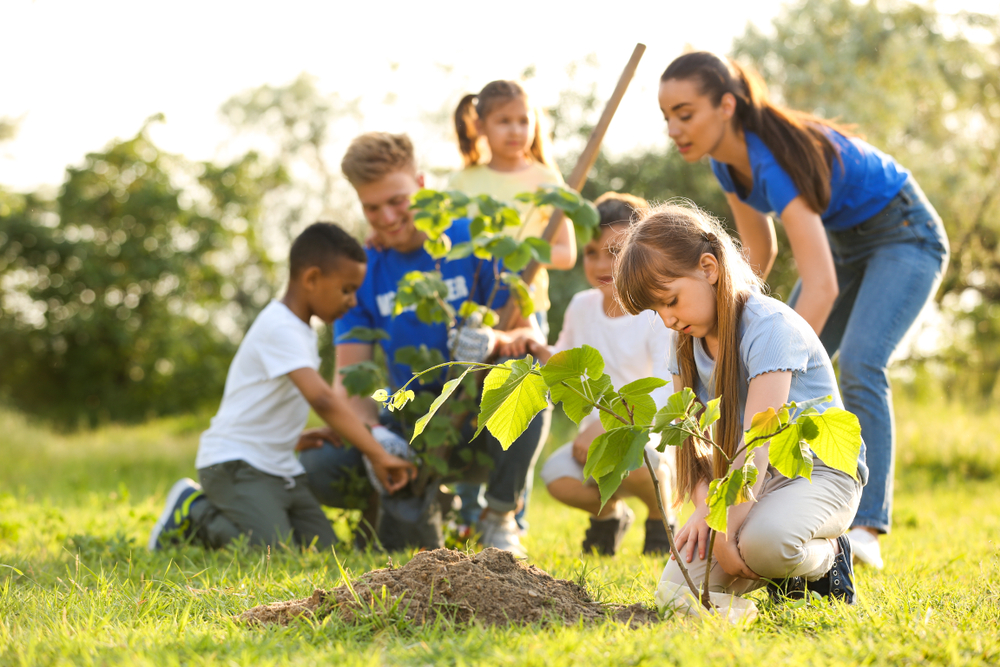
Create a school garden or allocate a section of the school’s outdoor space for gardening and planting activities. Involve children in every stage of the process, from planting seeds and caring for plants to harvesting produce. Not only does gardening teach valuable lessons about plant life cycles and sustainability, but it also promotes responsibility, teamwork, and, if you grow fruit and vegetables, healthy eating habits.
Creative arts & History
The potential for art activities in the outdoors is almost unlimited. Provide clipboards, paper, and a variety of art supplies for children to capture the beauty of nature through drawing, painting, and sculpture. We walked to the local lake to look at the daffodils and swans.
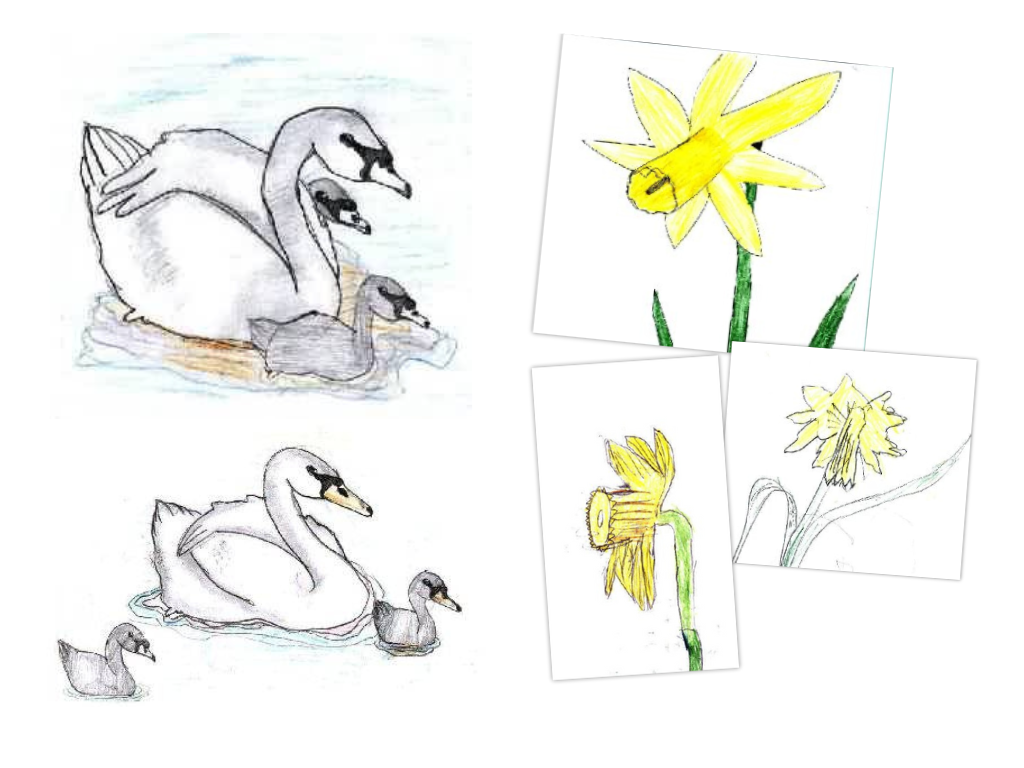
Encourage the children to experiment with natural materials like leaves, flowers, and rocks to create stunning works of art inspired by the landscape around them. A class could study the work of Andy Goldworthy before an outdoor art lesson.
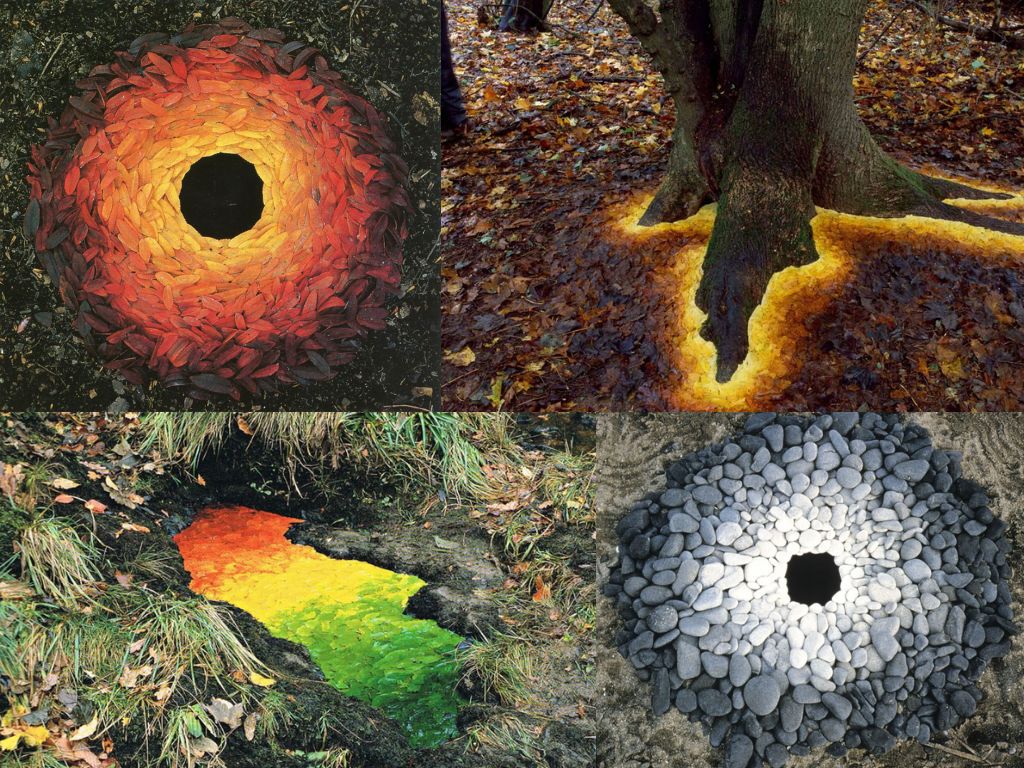
Examples of work by Andy Goldsworthy
On a walk to a historic local woodland my class found a charcoal burning pitstead. A few minutes of digging recovered some fragments of 150 year old charcoal!! We used the charcoal to create pictures of the people who worked in the woodland in the past and the jobs that they did.
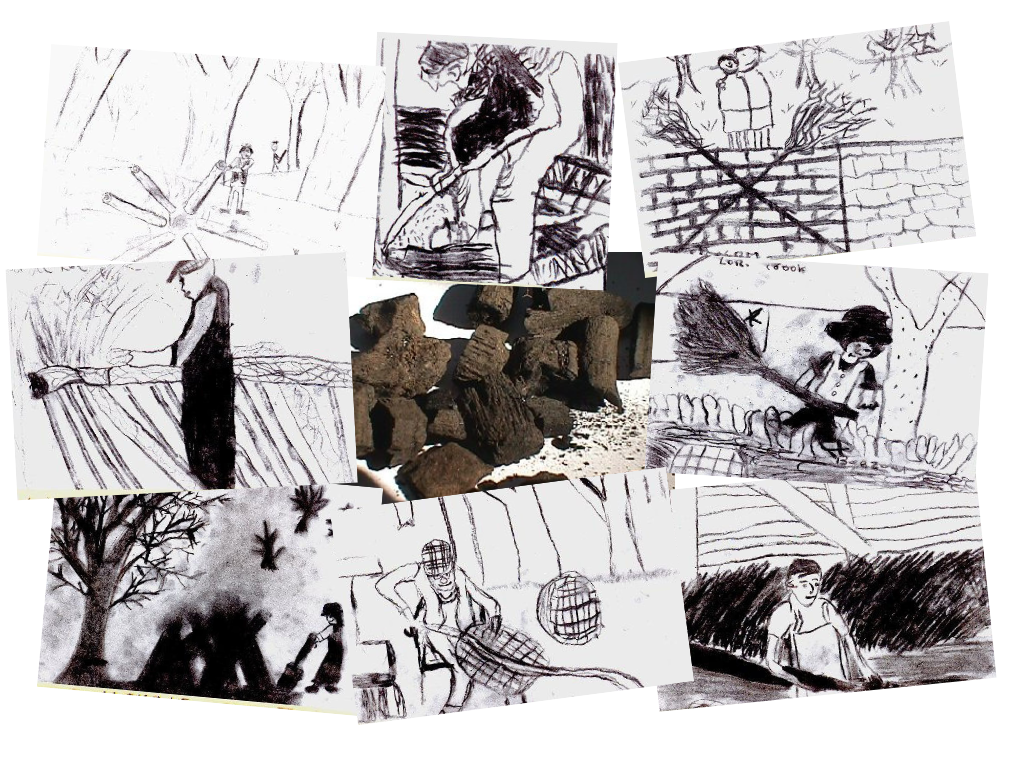
Older students may want to explore digital photography. Many moderns cameras can take “macro” photos of very small things – great for studying insect life and pollination!
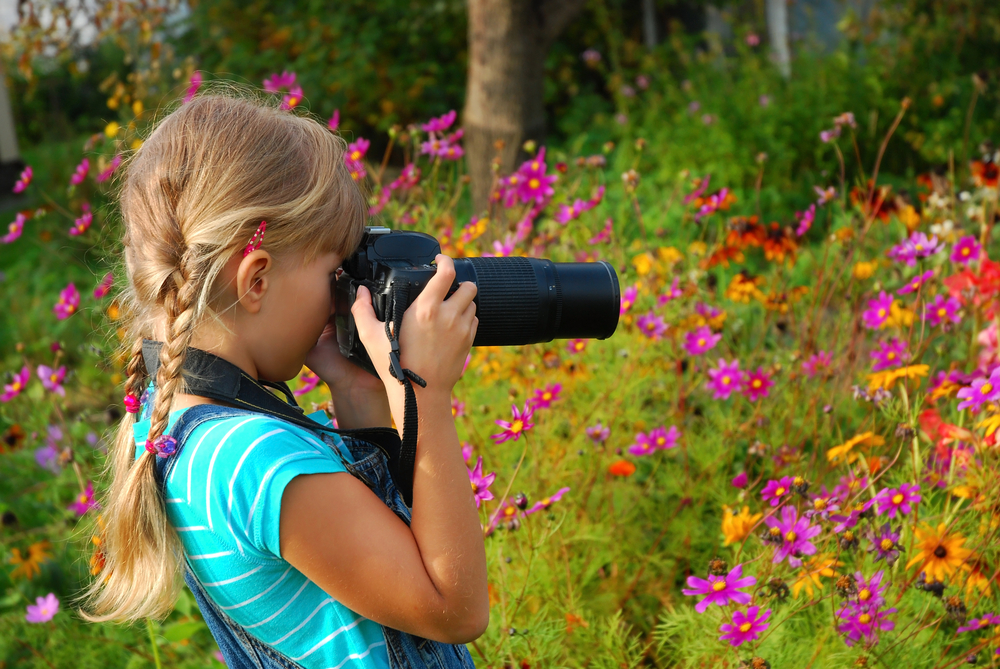
See the post on DIY digital signage on Teachers’ Corner for ways to display children’s digital photos.
Authentic Maths
From designing a playground garden, to estimating and measuring the heights of plants and trees or conducting a survey of a local bird or animal population, the outdoors provides an endlessly rich, stimulating and authentic context for Maths lessons.
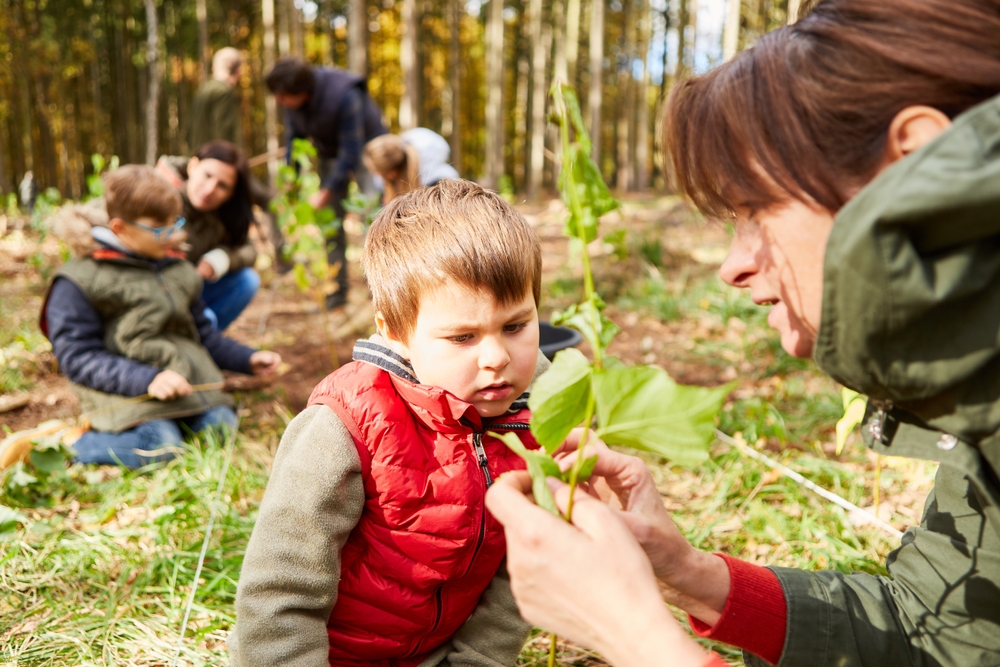
Consider making up an outdoor learning kit, so that you can be ready to go when the weather obliges, with clipboards, rulers and trundle wheels, timing equipment, thermometers, etc.
For a bunch of practical lesson ideas for teaching Number & Algebra, Measures, Shape & Space and Handing Data in the outdoors, check out Out and About, a cross border education initiative. For more ideas about how you can harness the outdoors in Maths, have a listen to this What’s The Math’er? podcast episode.
Storytime – with a twist
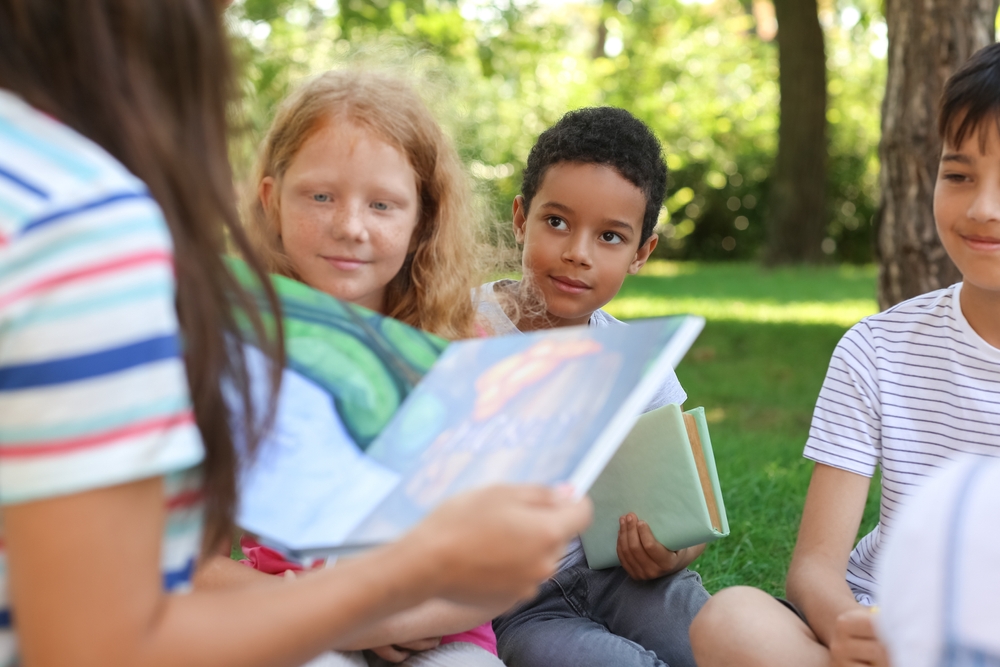
Ignite children’s imaginations and deepen their connection to the outdoors with some immersive storytelling. Choose a shady spot beneath a tree or beside a babbling stream. Select books with nature-themed stories or folktales inspired by local mythology to captivate.
Consider bringing some writing implements and paper… the children may be inspired to create some stories and poems of their own!
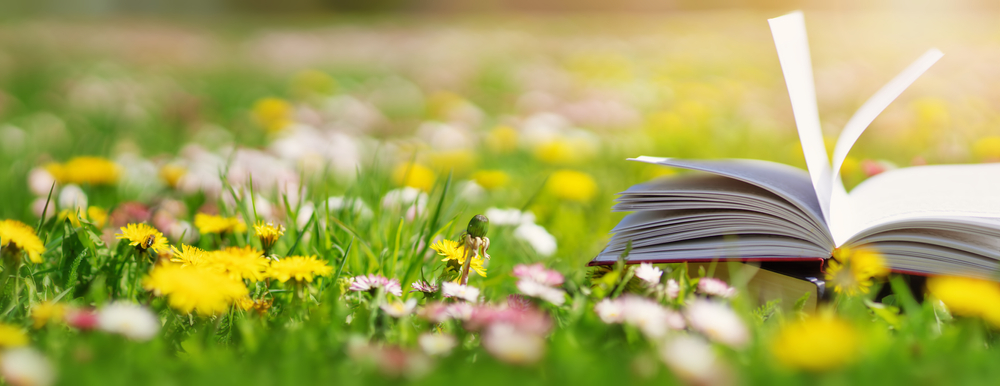
Just enjoy!
The outdoors is a natural playground that provides opportunities for children to climb, balance, jump, and run, allowing them to develop gross motor skills and build confidence in a stimulating and calming environment.

As we read more about the mental health of our young people it is important to remember that a helpful remedy may be on the doorstep.
An active connection with nature, and in particular, access to ‘green spaces’, has many well recognised benefits.
- Improves mood and concentration
- Reduces anxiety and can improve behaviour
- Develops confidence and self-esteem
- Improves fitness and can establish healthy habits
- Adventurous ‘expeditions’ can help develop stress coping mechanisms
By helping children to create a positive emotional connection with the natural world we are also helping to nurture a generation of nature lovers and environmental stewards.
So what are you waiting for? Get out there!

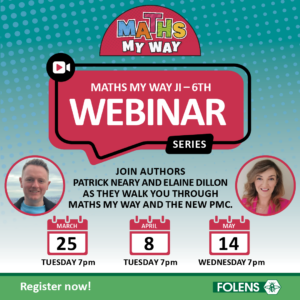
Leave a Comment